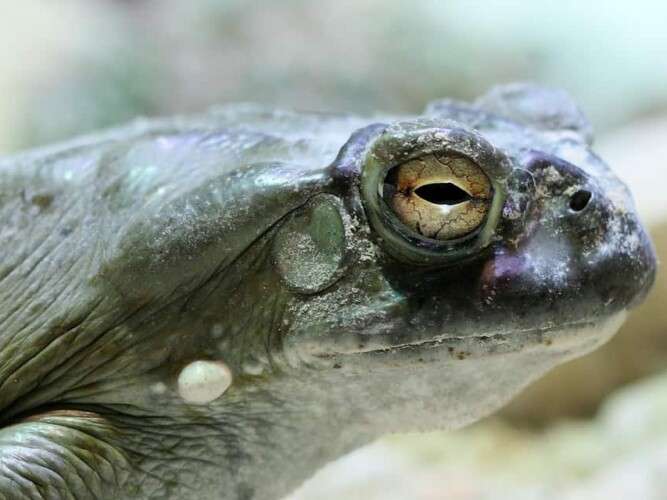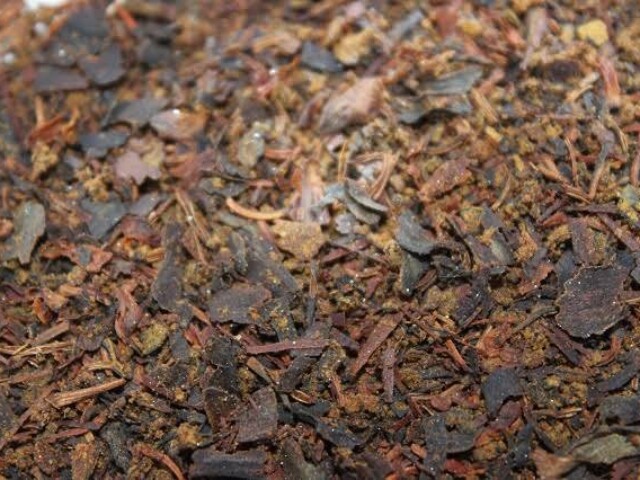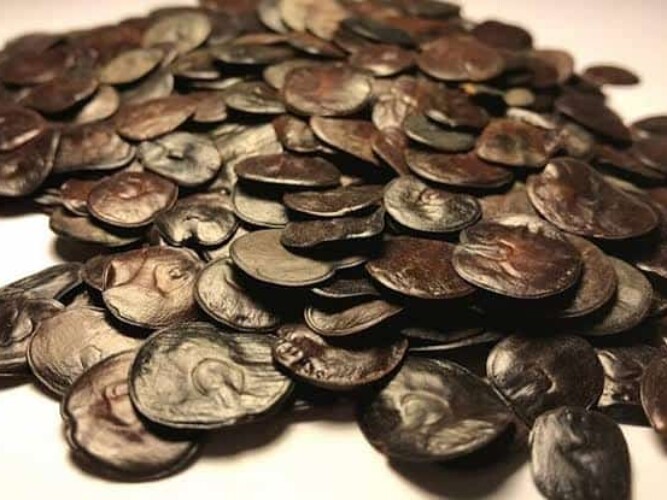San Pedro (Trichocereus/Echinopsis pachanoi) is a thin, columnar cactus native to the Andes in South America.
It is much faster-growing than peyote, shooting up 12 inches or more in a year and occasionally producing large, white, night-blooming flowers.
In Quechua it’s called Wachuma or Huachuma and it’s said to be connected to the masculine energy of the Grandfather, as opposite to the feminine energy of the Grandmother Ayahuasca.
Like peyote (and Peruvian torch, among other cacti), San Pedro contains mescaline—one of the longest-studied psychedelics in the world and the first to which that term was applied. Its effects have been described as empathogenic, (similar to MDMA) and potentially life-changing, promoting radical introspection, healing, and a sense of wonder and awe.
Many people are surprised at how different San Pedro (and mescaline generally) is from other psychedelics they’ve tried. It’s common to feel relaxed and in control, for instance, even while heavily tripping. One user compared its effects to MDMA, but felt they were “more amazing.”. The same user went on to say that it was “like all the best effects from all the drugs all put into one… the great body feeling and incredible empathy and understanding of ecstasy… the focus and energy and drive of acid… the journey effect that I always enjoyed from shrooms… It was the soberest we had ever felt in our life.”
The onset is generally accompanied by drowsiness or dizziness, often with a sense of tingling or electricity in the veins. There may be nausea, vomiting, and perspiration during this time.
Common visual effects include whirlpools of colored light, flashes in the peripheral vision, kaleidoscopic patterns, and white, ghostlike outlines around people. “Out-of-body” journeys are common, synesthesia (e.g. “feeling” and “smelling” sights and sounds), mild depersonalization, and distortions of spatial awareness. At the same time, ordinary objects in your surroundings may appear more interesting, beautiful, and amazingly mystical—qualities that define the mescaline experience.
Accompanying this may be clear and connected thought, self-realization, empathy, and euphoria. However, “bad trips” and dysphoric symptoms may be more common among people who don’t pay attention to set and setting and/or have histories of mental illness.



